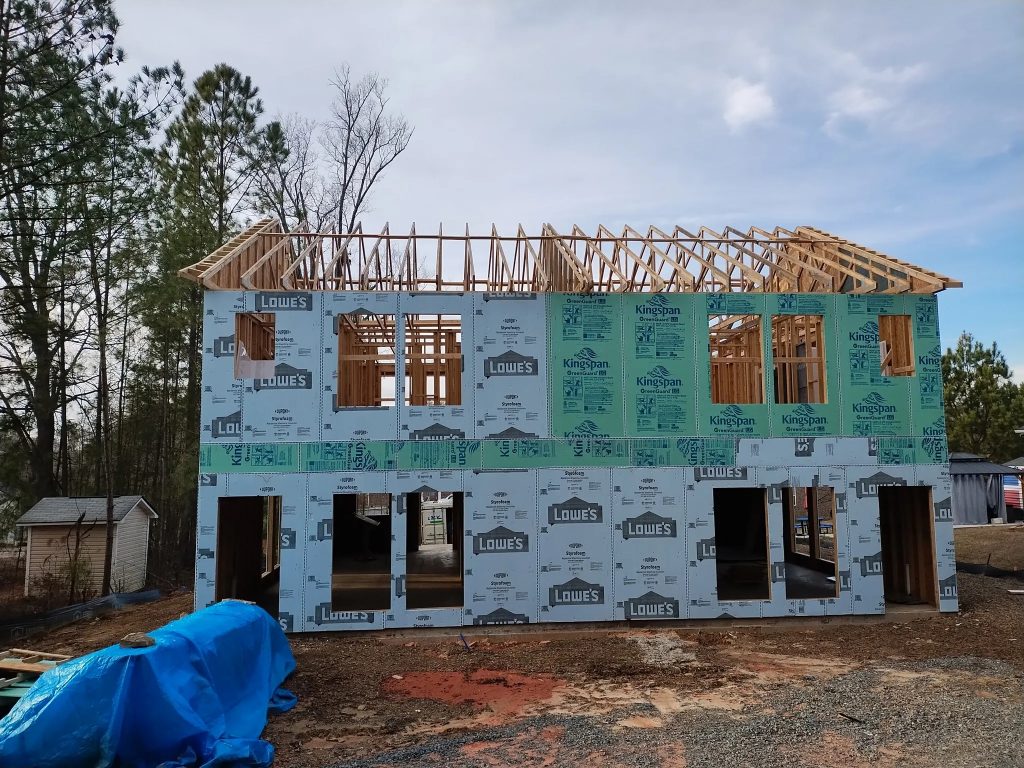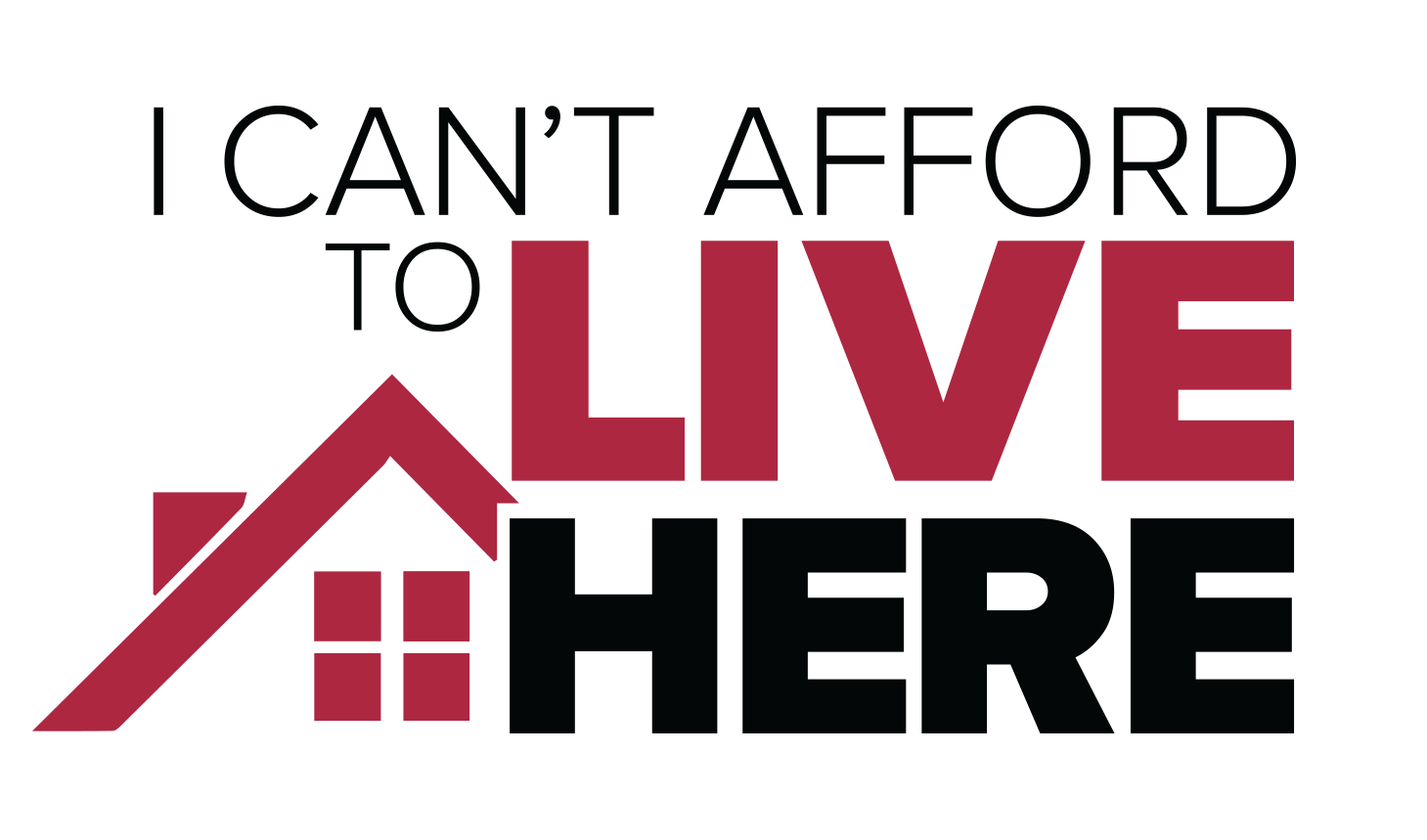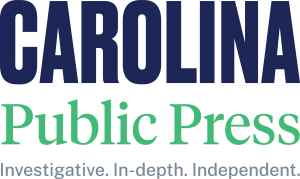Nate Morabito
May 8, 2020
CHARLOTTE, N.C. — While COVID-19 is causing devastating health problems for so many, the pandemic is also resulting in better access to health care for some of our most vulnerable neighbors thanks to the emergence of telemedicine.
When all is said and done, Health Management Associates estimates up to a half million North Carolinians will lose their health insurance due to unemployment, but there is a silver lining. This pandemic has forced charitable clinics across North Carolina to do something long overdue; start using telemedicine.
“I think we are experiencing a transformation in medical practice in North Carolina,” North Carolina Association of Free and Charitable Clinics CEO Randy Jordan said. “Since the inception of NCAFCC’s telehealth program on March 16, Member clinics have reported through April 23, more than 5,000 telehealth patient interactions using a combination of video chats and text messaging.”
For the longest time, dozens of health clinics that care for the uninsured and underinsured chronically ill, like Care Ring in Charlotte, never tried telemedicine.
“In normal times, there would have been a six-month planning period and we would have PILOT tested things, but this forced our hands,” Executive Director Don Jonas said. “It was move or almost be irrelevant.”
Jonas said Care Ring is still seeing some patients in-person at its clinic uptown, but technology has allowed the non-profit to treat nearly twice as many patients virtually as well.
“We were able to adjust very rapidly. It was extraordinary looking back now how many changes that we made really in just a handful of days,” he said. “We’ve had days now where we’ll see 15 to 20 virtual visits through telehealth and we’re still serving people in our clinic.”
He knows virtual visits won’t replace in-person checkups and won’t work for every patient.
“There’s a certain humanity when a provider is able to touch a patient, when they’re able to be in their presence,” he said.
Even so, now that telemedicine is here, he thinks it’s here to stay.
“I don’t think it’s going away,” he said.
Patients like Carl Gill of Charlotte have already benefited.
“They take care of me every time,” Gill said.
At 61 years old, he has an enlarged heat and high blood pressure. He’s employed, but uninsured, so he relies on Care Ring for treatment.
“I loved it,” he said of his recent televisit. “It’s so easy to deal with. I got my medicine.”
Doug Blackwell of Huntersville also benefited from a recent telemedicine visit.
“My blood pressure got a little wacky on me and so, we’ve been having to do the virtual visits,” Blackwell said. ” As of today, we’ve got my blood pressure back normal. All through the televisits.”
He has diabetes and high blood pressure. While he works, he also doesn’t have insurance. He relies on Lake Norman Community Health Clinic.
“It was a godsend to find this place,” Blackwell said.
Care Ring and Lake Norman Community Health Clinic are among 46 charitable clinics across the state now using telemedicine. The clinics implemented the programs in just a matter of a couple weeks in March with the support of the North Carolina Association of Free and Charitable Clinics. The association’s CEO said a COVID-19 telehealth grant through the Biogen Foundation is funding the telemedicine platform the clinics are using.
“Anecdotally, our clinics are saying that they are seeing between three to fifteen new patients each week,” Jordan said. “This information is consistent with the reported increase in North Carolina workers who are now filing for unemployment benefits.”
Not all patients have smartphones, so Jordan said in those cases, some clinics are providing drive-up smartphones or iPads. Other clinics are still trying to figure this out.
“Some are not as active as others and we’re working to see what we can do to help them get over the technology barriers,” Jordan said.
Since telehealth is brand new for the charitable clinics, it’s too early to tell the long-term health impacts, but short-term, it’s preventing unnecessary trips to emergency rooms and meeting the immediate health needs of patients with chronic health problems.
“Your no show rate almost goes to zero, because people are at home,” Jonas said. “This is a great way to keep people healthy, to stay in touch with them.”



 The Charlotte Journalism Collaborative is supported by the Local Media Project, an initiative launched by the Solutions Journalism Network with support from the Knight Foundation to strengthen and reinvigorate local media ecosystems.
The Charlotte Journalism Collaborative is supported by the Local Media Project, an initiative launched by the Solutions Journalism Network with support from the Knight Foundation to strengthen and reinvigorate local media ecosystems.








